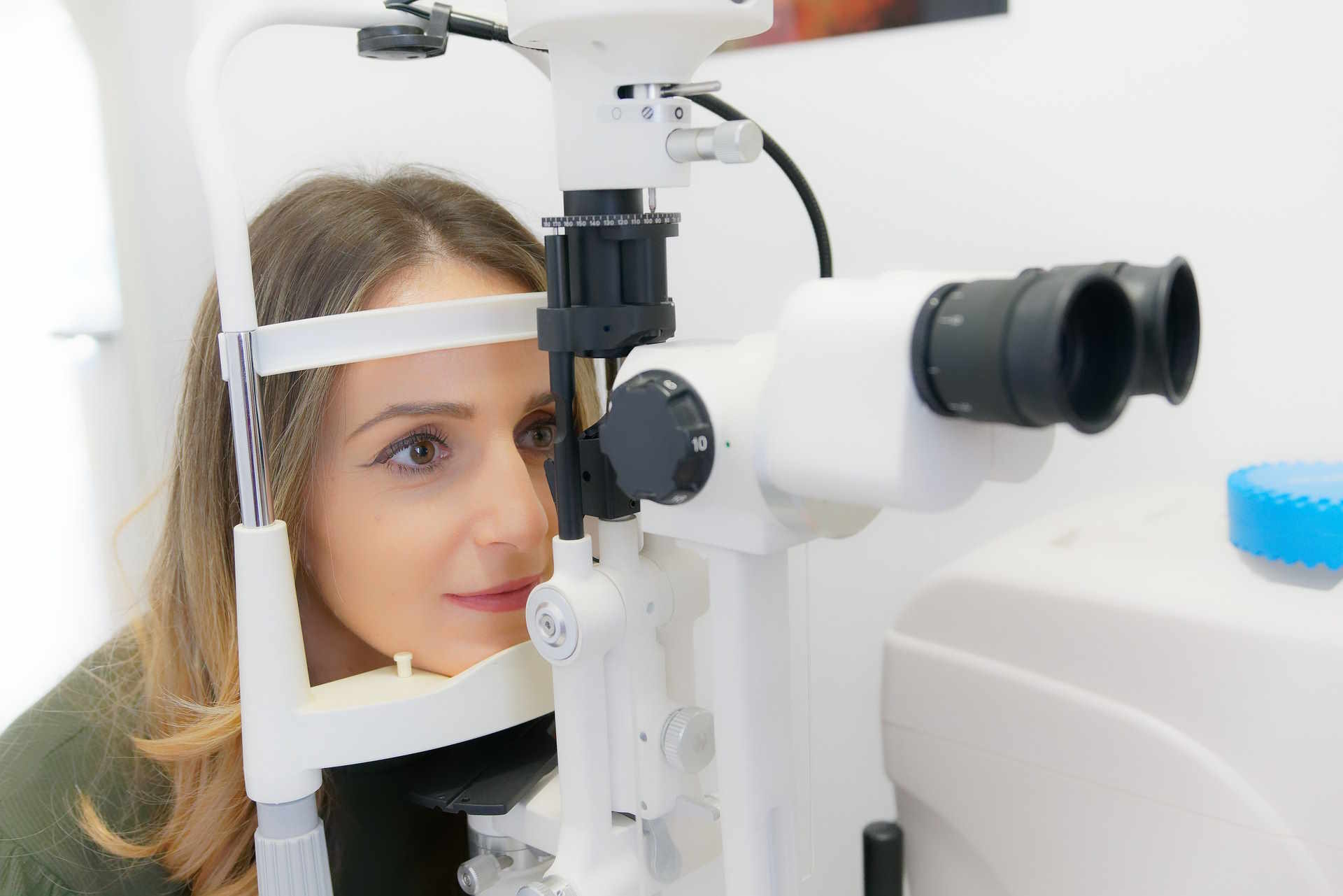Breaking Down Barriers: The Inclusion of Transgender Athletes in Competitive Sports
Transgender athletes in competitive sports have long been a topic of controversy. This article aims to unravel the complex issues surrounding transgender inclusion in sports, exploring its historical context, current trends, and expert insights to provide a fresh perspective on this subject.

A Historical Overview: Transgender Athletes in Sports
Historically, sports have been divided strictly along gender lines with male and female athletes competing separately. However, as our understanding of gender identity has evolved, so has the sporting world’s approach to transgender athletes. The first major step towards inclusion occurred in 2004, when the International Olympic Committee (IOC) allowed transgender athletes to compete if they had undergone gender confirmation surgery and two years of hormone therapy. Since then, several sports bodies have followed suit, with policies varying across different organizations.
Current Trends and Policies
Today, the world of sports is grappling with the complexities of transgender inclusion. Different sports bodies have diverse policies on transgender athletes, with some requiring surgery and others only hormone therapy. While the IOC initially required surgery, the organization revised its guidelines in 2015, now only necessitating that transgender women have testosterone levels below a certain threshold for at least 12 months before their first competition.
Benefits and Challenges: The Complexities of Inclusion
The inclusion of transgender athletes in competitive sports has numerous benefits. It fosters a sense of belonging and acceptance, promotes diversity, and upholds the principles of fairness and equality. However, it also presents challenges. Critics argue that transgender women may possess physical advantages over cisgender women, leading to an uneven playing field. This notion, though, is a contentious one and research has yet to provide a definitive answer.
Expert Insights and Real-World Applications
Many experts argue that focusing solely on physical differences oversimplifies a complex issue. Dr. Eric Vilain, a geneticist specializing in sexual development, notes that athletic ability is influenced by a multitude of factors, not just physical attributes. Moreover, policies centered on hormone levels, he suggests, fail to consider the psychological, social, and cultural aspects of athletic performance.
The Future of Transgender Inclusion in Sports
As society continues to evolve in its understanding of gender identity, the sporting world must adjust accordingly. It’s crucial to strike a balance between ensuring fair competition and respecting the rights of all athletes, including those who are transgender. This requires ongoing conversation, research, and policy review. The journey towards full inclusion is a marathon, not a sprint, and the finish line is worth striving for.
In conclusion, the inclusion of transgender athletes in competitive sports is a complex issue fraught with challenges. However, the potential benefits of diversity, acceptance, and equality make it a cause worth pursuing. As we move forward, it’s essential to continue the dialogue, conduct thorough research, and refine policies to ensure sports remain a platform for all.




